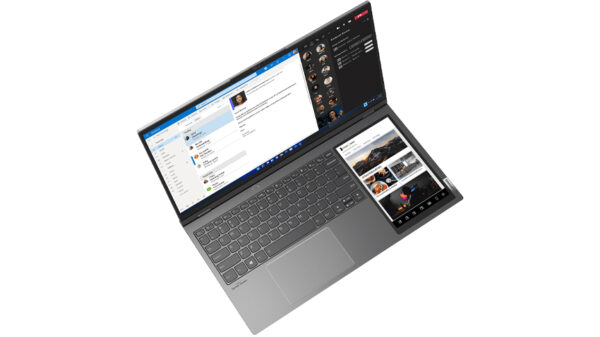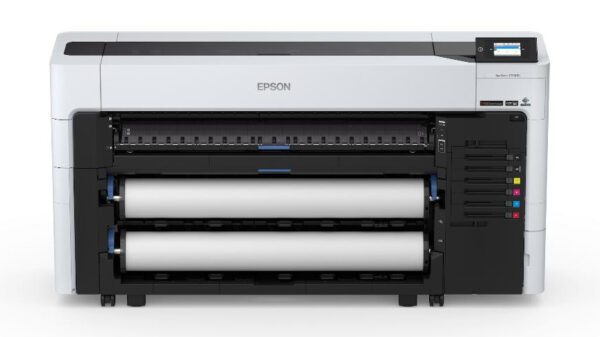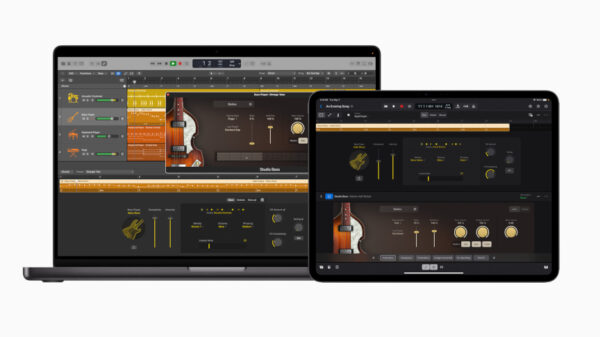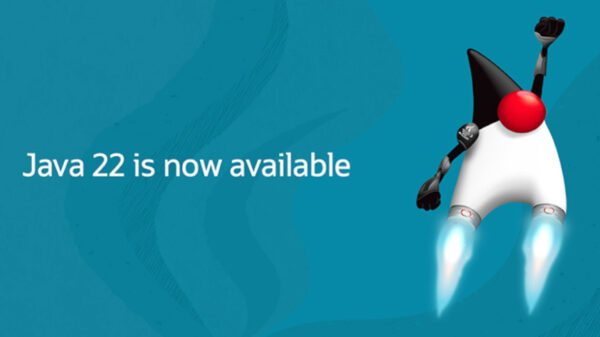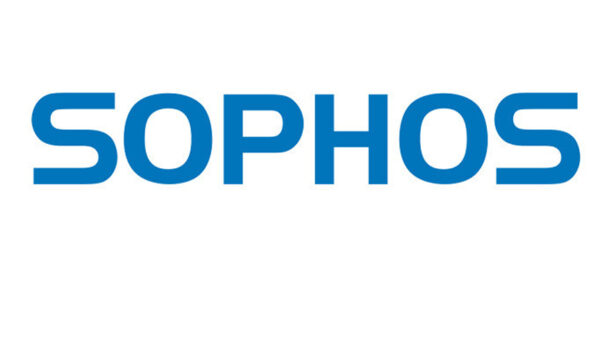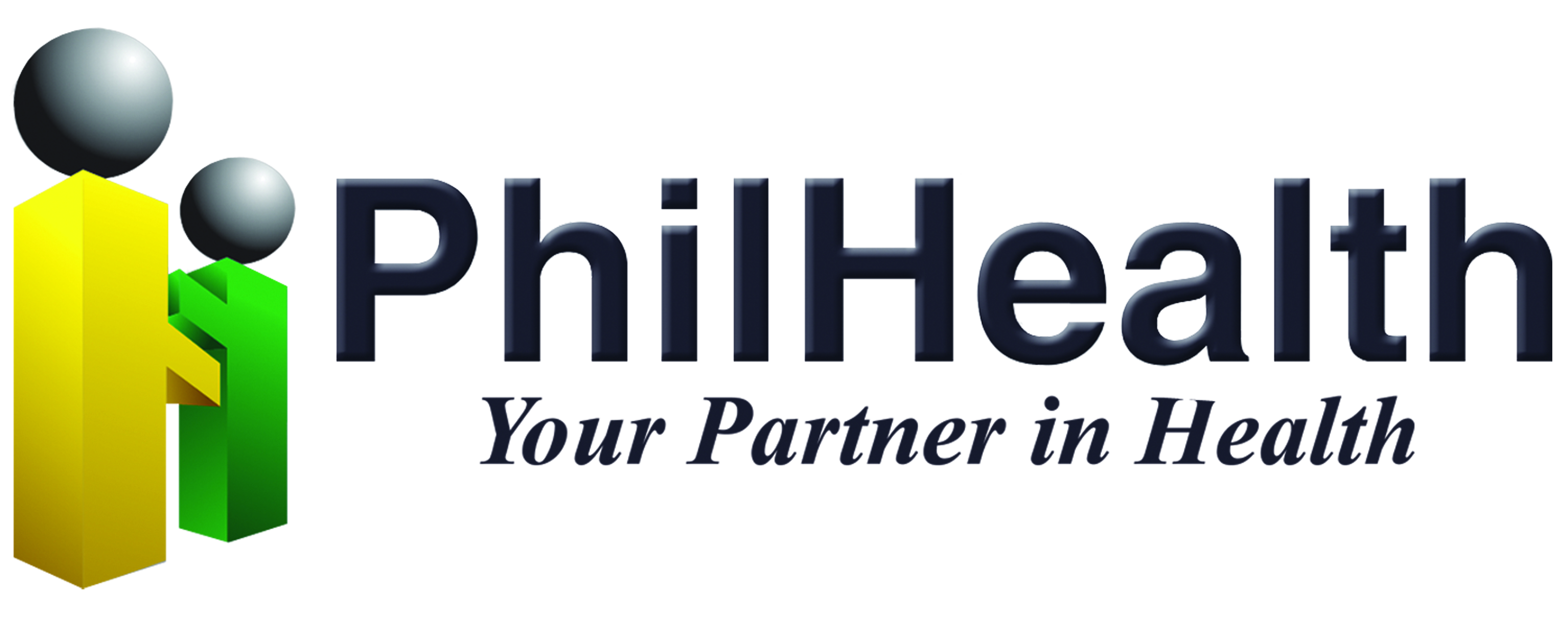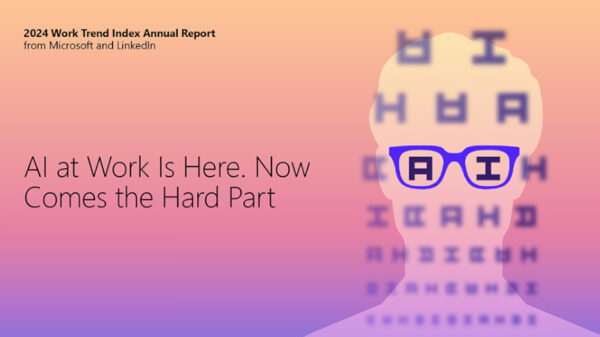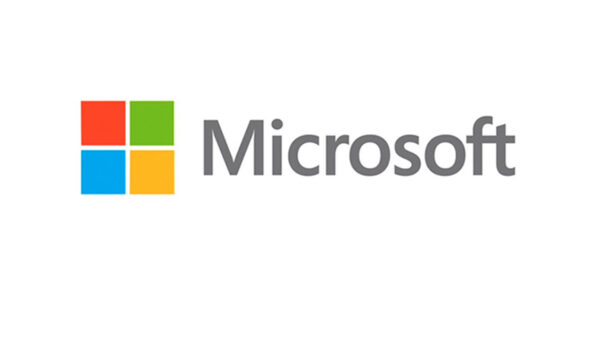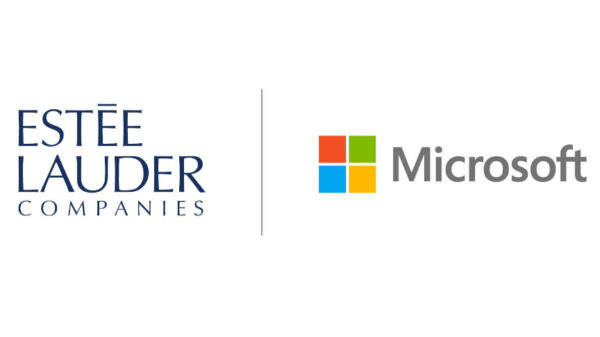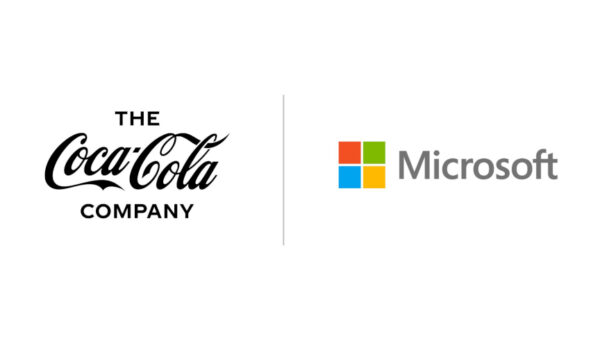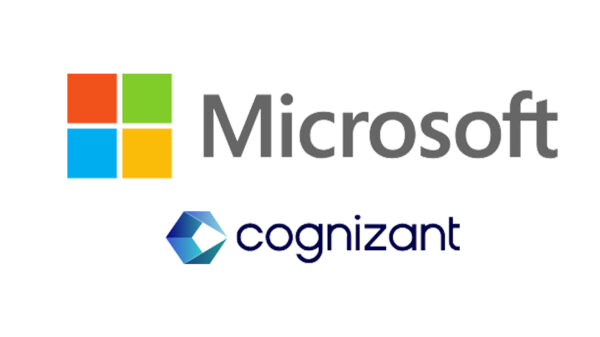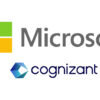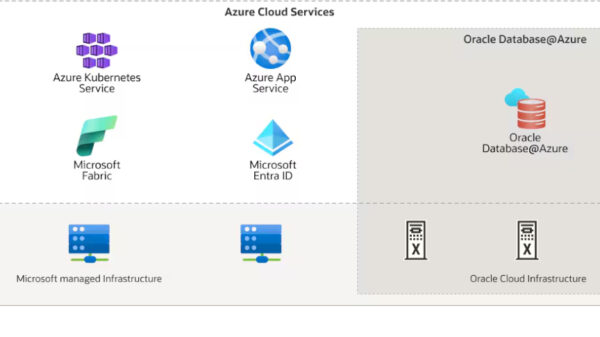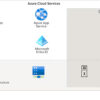The Philippine Health Insurance Corporation (PhilHealth) was established in 1995 with a mandate to ensure that all Filipinos have comprehensive social health insurance coverage should they need medical attention. To date, the PhilHealth covers about 92% of the Filipino population – just a little more and it has accomplished its vision of universal health coverage.
While people only think of health insurance when they're sick, PhilHealth’s vision – which includes ‘Kalusugan Ng Lahat, Segurado” (Everyone’s health is ensured) – also includes plans to sustain a nation of healthy citizens and protect the poor, marginalized and vulnerable Filipinos, as well. A hale and hearty people can focus more on productive pursuits and contribute significantly to a growing economy.
Run of Success
Two years ago, PhilHealth’s success run stumbled upon a roadblock. The increase in membership resulted to a rise in claims and the health insurance agency found out that their existing system could not adequately meet the demands of the mounting scale of available data. They needed a new way of organizing the influx of data and interpreting its strategic and operational implications to have a single version of truth that will allow management to create better programs and make a more informed decision on how these programs can run.
To turn their wealth of data into a strategic asset, PhilHealth turned to implement Microsoft’s Power BI. Before the advent of Microsoft Power BI at PhilHealth, data was embedded in the functional reports.
One of the advantages of Power BI is shifting the mindset from hindsight to foresight, such as improving PhilHealth’s delivery network of primary care service providers, whose main mission is to minimize patient care through preventive measures in rural health. Sick patients may then be referred to hospitals under PhillHealth and the Department of Health’s new strategy of providing primary care.
By making sense of historical data, the solution allowed PhilHealth to make primary care more accessible to members. In effect, Power BI brought in a bigger group of providers to deliver primary care in the 15 regions of the country and expanded the health service delivery network, one of the guarantees of the government’s Philippine health agenda for 2016 – 2022.
Jovita Aragona, CIO-SVP at PhilHealth says that “Microsoft’s Power BI helps us understand a lot about our members, and with this information, we were able to make strategies and approaches to improve PhilHealth’s service, which would then get us closer to our mandate of making healthcare accessible to every Filipino.”
Dr. Arturo Alcantara, PhilHealth Head of Task Force Informatics says, “We encourage PhilHealth beneficiaries to go to RHUs and smaller facilities and from there, they will be given referrals to hospitals as necessary. It’s the new concept of primary care where there are linkages in addressing preventive and primary health care. PhilHealth beneficiaries can be looked into at the primary care level and those who are really sick get referred for admission in hospitals.”
Partnerships and Collaborations
The Department of Health is already in the process of acquiring the same interactive solution implemented at PhilHealth. PhilHealth is also working with the Department of Social Welfare and Development, tapping into their indigent data, and other agencies like the National Anti-Poverty Commission which coordinates the poverty reduction programs of the government.
“The idea is to initiate a good groundswell,” explains Alcantara. “While we are much aware of our responsibility to data privacy, we’re not using that as a barrier in sharing valuable and useful information with critical decision makers.
“You ask: Why is the incidence of pneumonia much higher in metropolitan areas that are very much challenged by pollution? You look beyond the averages. Maybe the national government agencies should concentrate on proper interventions on all fronts not just on health care but also consider factors such as deteriorating air quality,” Alcantara added.
Microsoft’s Power BI connects to all the 17 regional offices of PhilHealth. Presently, the agency has a national way of collecting and looking at health data. Change is happening organically and naturally, with innovative technology.
In the long run, these changes will be institutionalized to match all the positive impacts from the solution with rules and policies and help improve PhilHealth’s coordination with agency partners.
All these improvements are ongoing because PhilHealth carefully considers proper implementation and compliance in pursuing the vision and mandate of comprehensive healthcare for all Filipinos.








































